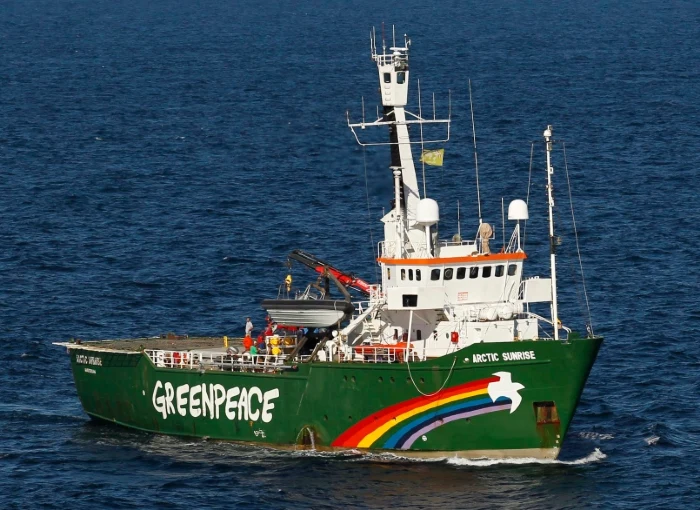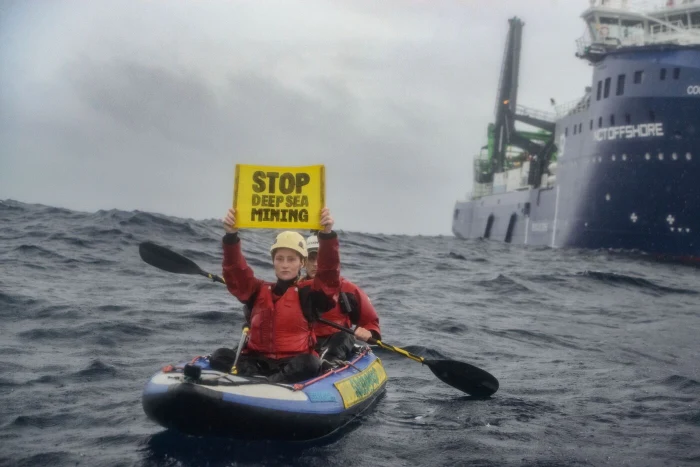Dutch authorities have directed Greenpeace International to cease their occupation of an offshore deepsea mining research and supply ship, the MV Coco, operated by The Metals Company (TMC), yet they’re permitted to continue their protests in the surrounding waters.
This development follows Greenpeace’s initiative against TMC’s deep-sea mining activities, which many believe pose a threat to underwater ecosystems. Greenpeace’s vessel, the Arctic Sunrise, had confronted TMC’s MV Coco to protest its operations in the Pacific Ocean, with activists boarding the ship in a direct action.

Responding to TMC’s legal appeal, which cited daily financial losses of $1 million due to the protest, the Amsterdam District Court ruled that while Greenpeace has the right to demonstrate, as protected under the European Convention on Human Rights, they can’t indefinitely occupy the Coco, a stance that prioritizes safety and operational integrity.
Judge I.H.J. Konings stated, “Greenpeace’s protest is directed against an issue of great social importance,” but also noted that “The interest in preventing a serious accident outweighs Greenpeace’s interest in continuing the action on the Coco.”
Additionally, the court dismissed TMC’s allegations of activist-inflicted damage to the Coco and denied their request to enforce a 500-meter exclusion zone around the ship, a directive initially issued by the International Seabed Authority (ISA).
The judge clarified, “This appears to be a call, not an enforceable measure,” questioning the ISA’s authority in this context.
Post-ruling, Greenpeace activists vacated the Coco but continued their water-based protests. Louisa Casson, from aboard the Arctic Sunrise, commented, “The ISA Secretariat should learn from Greenpeace International activists as an example of a bold fight back against the destruction of this still unknown ecosystem.”
More To Discover
- Shell’s $2.1 Million Legal Action Against Greenpeace Marks a Significant Escalation in Environmental Disputes
- Disassembly Lab Sneaker: Pioneering Sustainable Design in Footwear
- Google’s Harnessing Earth’s Heat for More Sustainable Data Centers with Geothermal Energy
- How to Attract Bats to Your Backyard So They Work Hard for You
TMC also expressed satisfaction with the court’s decision. Gerard Barron, TMC CEO, remarked, “We are pleased with today’s court opinion,” emphasizing, “We respect Greenpeace’s right to peaceful protest and expression of opinions. However, our foremost responsibility is to ensure the safe continuance of our legally-mandated operations, and the safety of all those involved.”
Unfortunately for the environmental activism organization, this ruling doesn’t end their legal troubles.




















